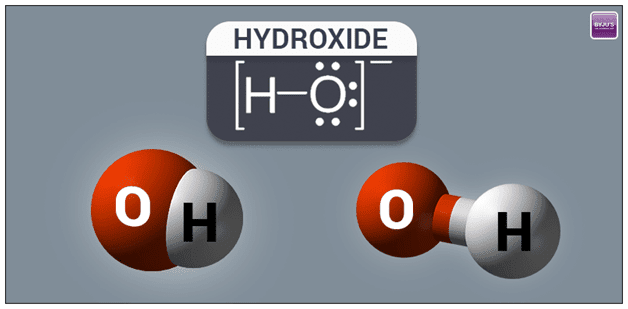Mechanisms capable of automatically cleaning the atmosphere have been discovered

Human activities generate a large amount of pollutants that, without the presence of the hydroxide (OH) molecule, would persist in the atmosphere without decomposing. However, recent studies describe the existence of a self-cleaning mechanism in the atmosphere.
A recent study published in the journal Proceedings of the National Academy of Sciences revealed that the atmosphere has a self-cleaning mechanism, thanks to the presence of a radical called hydroxide (OH).
Although this phenomenon was already known before, the new discovery suggests that OH arises almost spontaneously, without the need for solar energy, through the formation of water droplets. Furthermore, it suggests that these droplets have an electric field on the surface that stimulates the formation of these radicals.
Study points to mechanism responsible for self-cleaning of the atmosphere

According to one of the authors of the study, Sergey Nizkorodov, from the University of California, the research enabled the discovery of a formation mechanism, which suggests that the hydroxide may be much more present than previously believed.
Although the amount of this radical in the atmosphere is not enough to neutralize the consequences of human activity, this new discovery improves the understanding of atmospheric dynamics and helps in the construction of more accurate models for analyzing the impacts of pollution.
Every day, several pollutants are emitted into the atmosphere, many of them toxic to humans and other beings. If not removed, they accumulate indefinitely, further contributing to the greenhouse effect and worsening air quality. OH, present in some proportions in the atmosphere, reacts with pollutants, preventing toxic gases, such as sulfur dioxide, from forming or remaining in the air.
New research tries to understand the mechanisms and solutions

Scientists now plan to carry out further research to confirm these results, in addition to analyzing the atmosphere of different regions of the planet to better understand this mechanism. The discovery of this new mechanism for self-cleaning the atmosphere is a significant advance in research, capable of leveraging the design of new solutions to the problems of increased atmospheric pollution.
The research results suggest that the electric field that exists at the surface between airborne water droplets and the surrounding air can create OH by a previously unknown mechanism. This should enlighten scientists on how the air cleans itself of human-emitted pollutants and greenhouse gases.
The research team measured OH concentrations in different flasks and did an analysis of OH production in the dark, including some molecules in the flasks that bloom when they react with OH.
Research changes understanding of OH sources and may contribute to models of air pollution. The results of the study involved researchers from several institutions, such as the Claude Bernard University, in France, the Guangdong University of Technology, in China, and the Weizmann Institute of Science, in Israel, among others.



